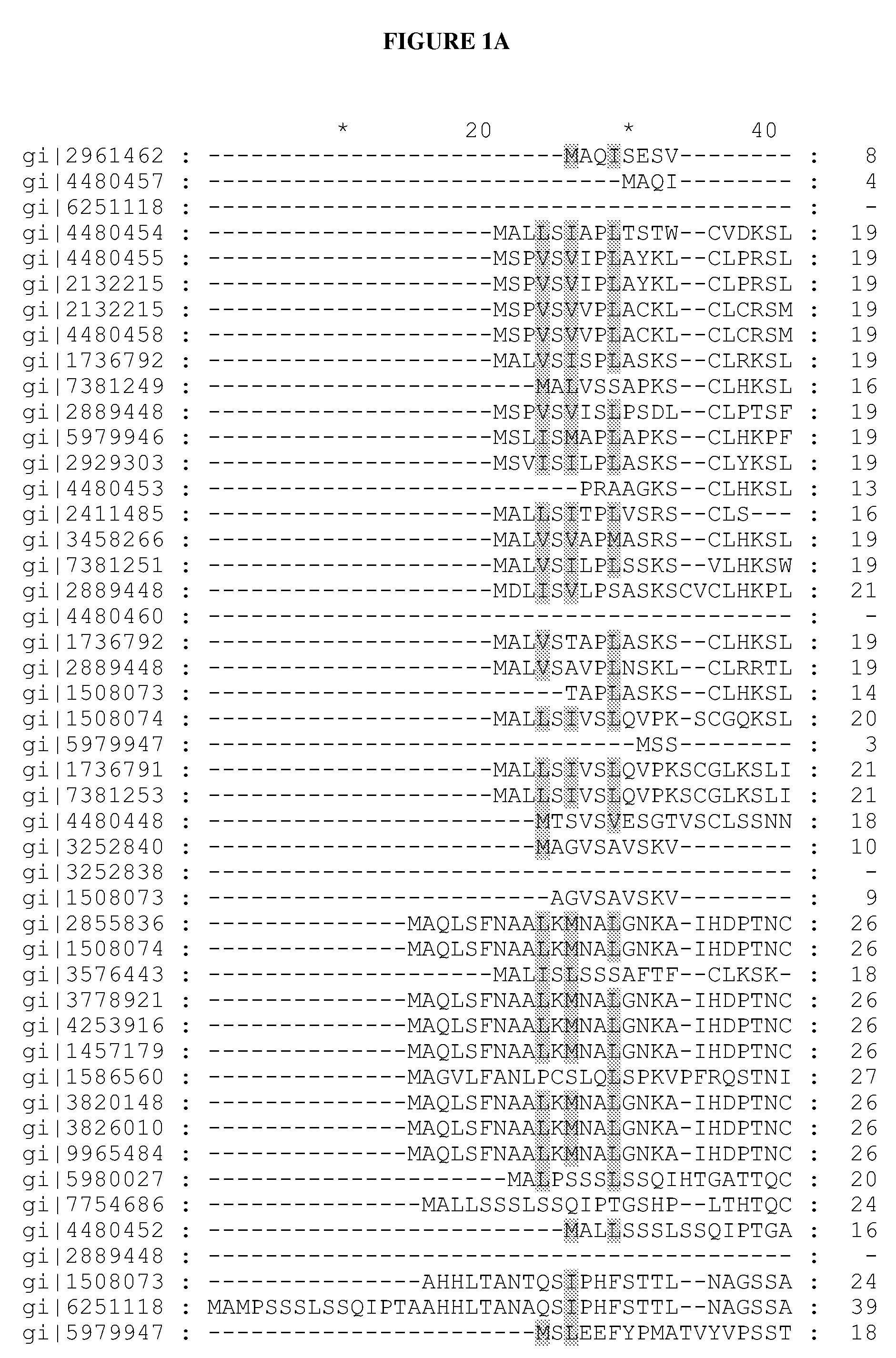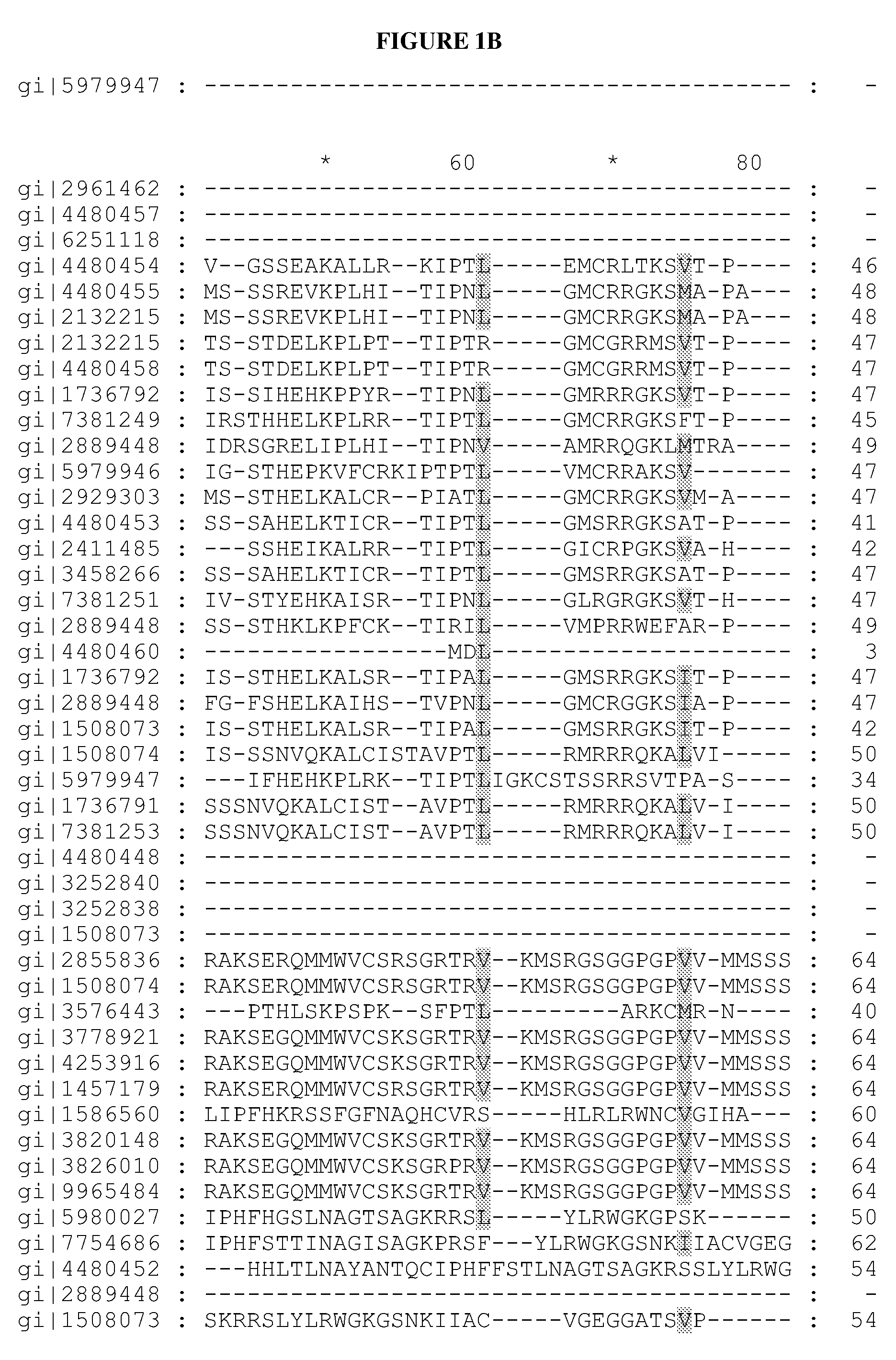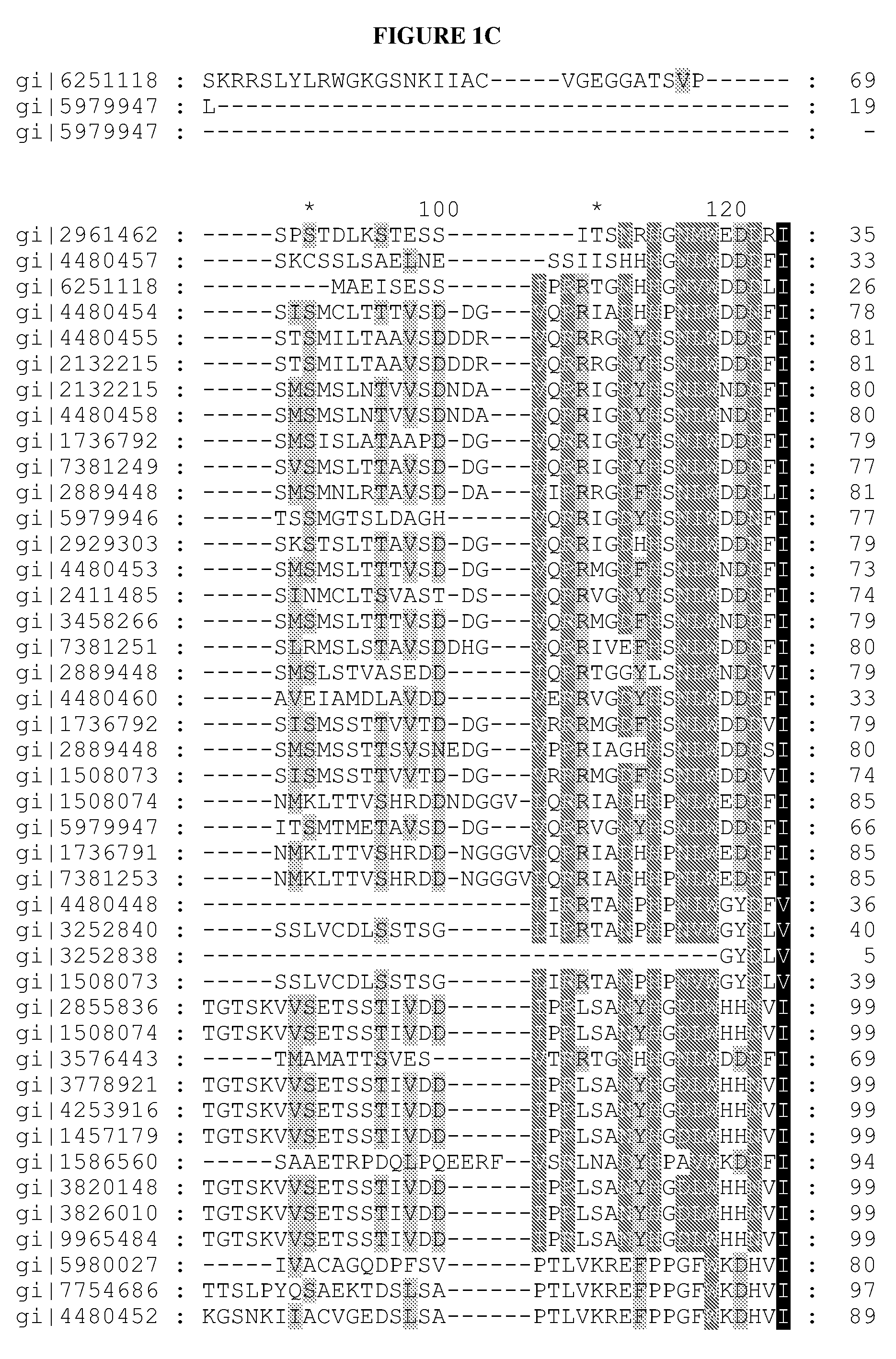Methods of generating protein variants
a protein variant and protein technology, applied in the field of protein variant generation methods, can solve the problems of limited application of current methods, unclear detailed mechanisms for the molecular basis of enzyme and pathway adaptation,
- Summary
- Abstract
- Description
- Claims
- Application Information
AI Technical Summary
Benefits of technology
Problems solved by technology
Method used
Image
Examples
example 1
Design and Generation of Variant Enzymes
[0145]Redesigning in vivo enzyme properties and thereby efficiencies of metabolic pathways based on their evolutionary relations allows us to test our current understandings for the molecular basis of adaptation, and has many important practical applications in synthetic biology1-5. Here, we demonstrate a strategy to redesign functionalities of enzymes using evolutionary relations as the sole guide. An analysis of over 10,000 sequences in 209 different enzyme families involved in central metabolism indicated that Gly and Pro were significantly more immutable; hence each enzyme family may have a preference for Gly and Pro distributions in its primary sequence. To investigate how these residues contribute to the evolution of enzymes and metabolic pathways, and thereby formulate redesign methodology, Gly and Pro distributions in several enzymes catalyzing the rate-limiting-steps (γ-humulene synthase (HUM)1,6 specific mutant variants of HUM1, and ...
PUM
| Property | Measurement | Unit |
|---|---|---|
| thickness | aaaaa | aaaaa |
| total volume | aaaaa | aaaaa |
| temperature | aaaaa | aaaaa |
Abstract
Description
Claims
Application Information
 Login to View More
Login to View More - R&D
- Intellectual Property
- Life Sciences
- Materials
- Tech Scout
- Unparalleled Data Quality
- Higher Quality Content
- 60% Fewer Hallucinations
Browse by: Latest US Patents, China's latest patents, Technical Efficacy Thesaurus, Application Domain, Technology Topic, Popular Technical Reports.
© 2025 PatSnap. All rights reserved.Legal|Privacy policy|Modern Slavery Act Transparency Statement|Sitemap|About US| Contact US: help@patsnap.com



